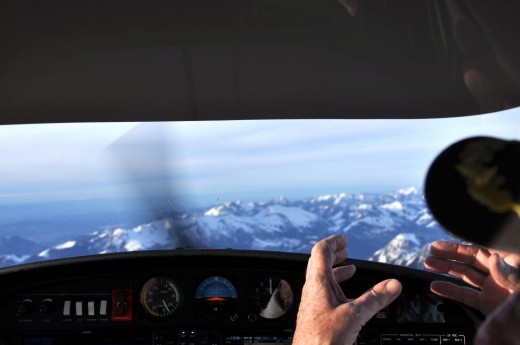From the editor: This material was written by Ilya Naumov. Ilya is in love with the small aircraft, which Russia lacks so much for the coherence of the country. We are happy to post Ilya’s story about how he started flying independently, if only because he turned a hobby into a job and now works in the company “ChelAvia”.
Many office workers are well aware of the acute desire at the end of the week to switch their brains to something different from the current work. People solve this problem in different ways: someone goes to a bar, someone jogs, and someone tries to escape from routine with the help of extreme sports.
I suggest you one more interesting alternative – learn to fly by plane. I’ll tell you about several reasons why you should try it, and also try to dispel some popular myths about small aircraft.
So, why would you like to fly?
A new degree of freedom
Flights are, perhaps, one of the best ways to find out your country. One and a half to two hours flight from the airport near Moscow – and here you are already in Lipetsk, Voronezh, Nizhny Novgorod or the Tver region. In summer, in the unhurried regime during the light day, it is quite possible to fly to the south of Russia. Unlike road trips to such distances, flying a plane is much less tiring, and at the same time much more spectacular.
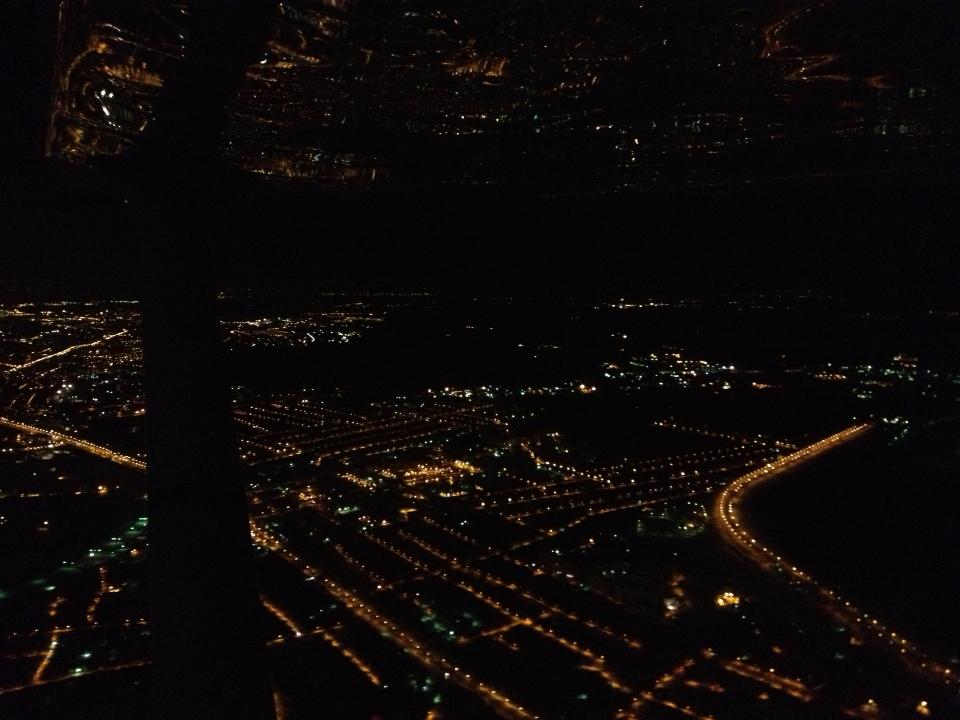
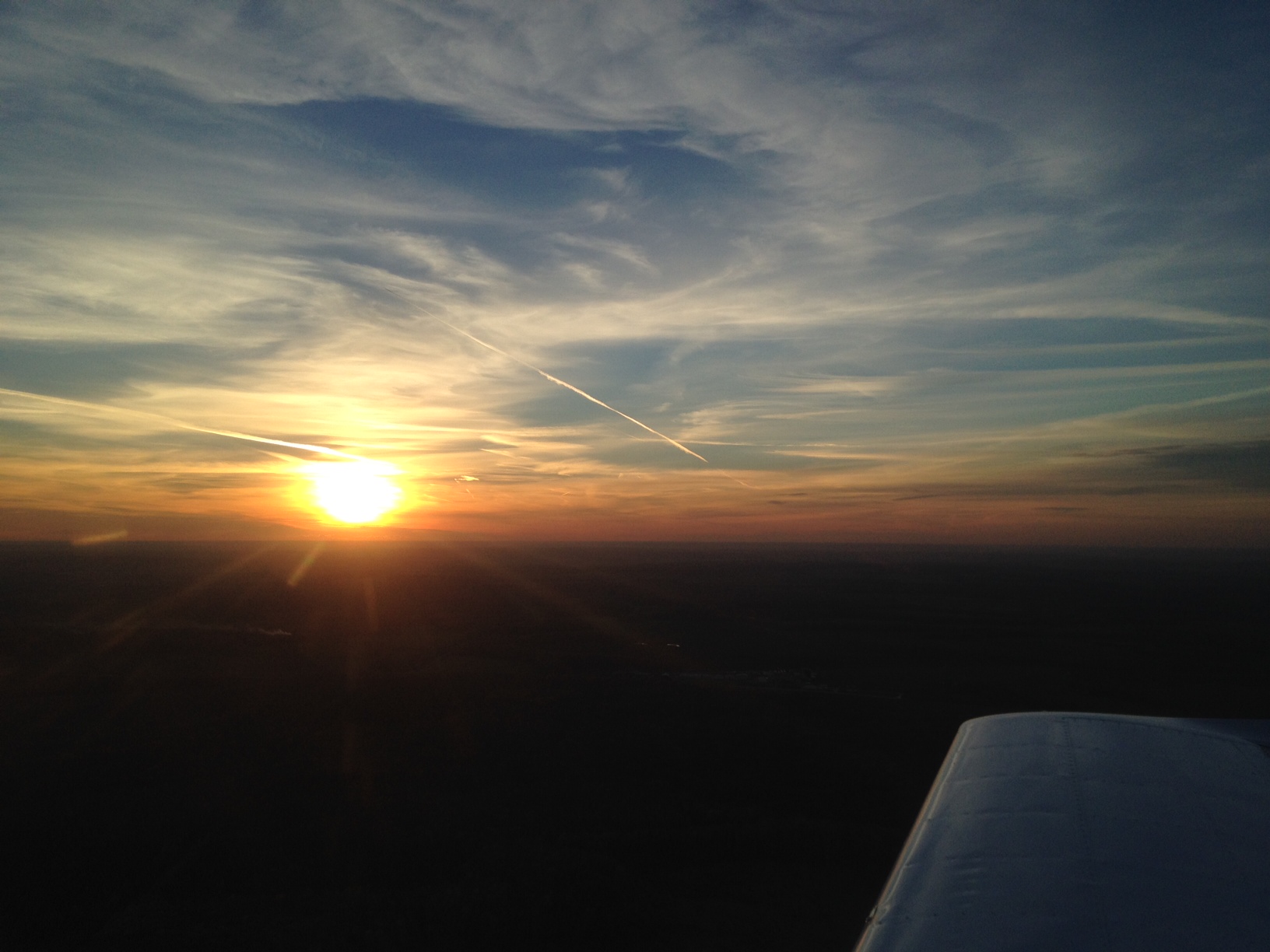
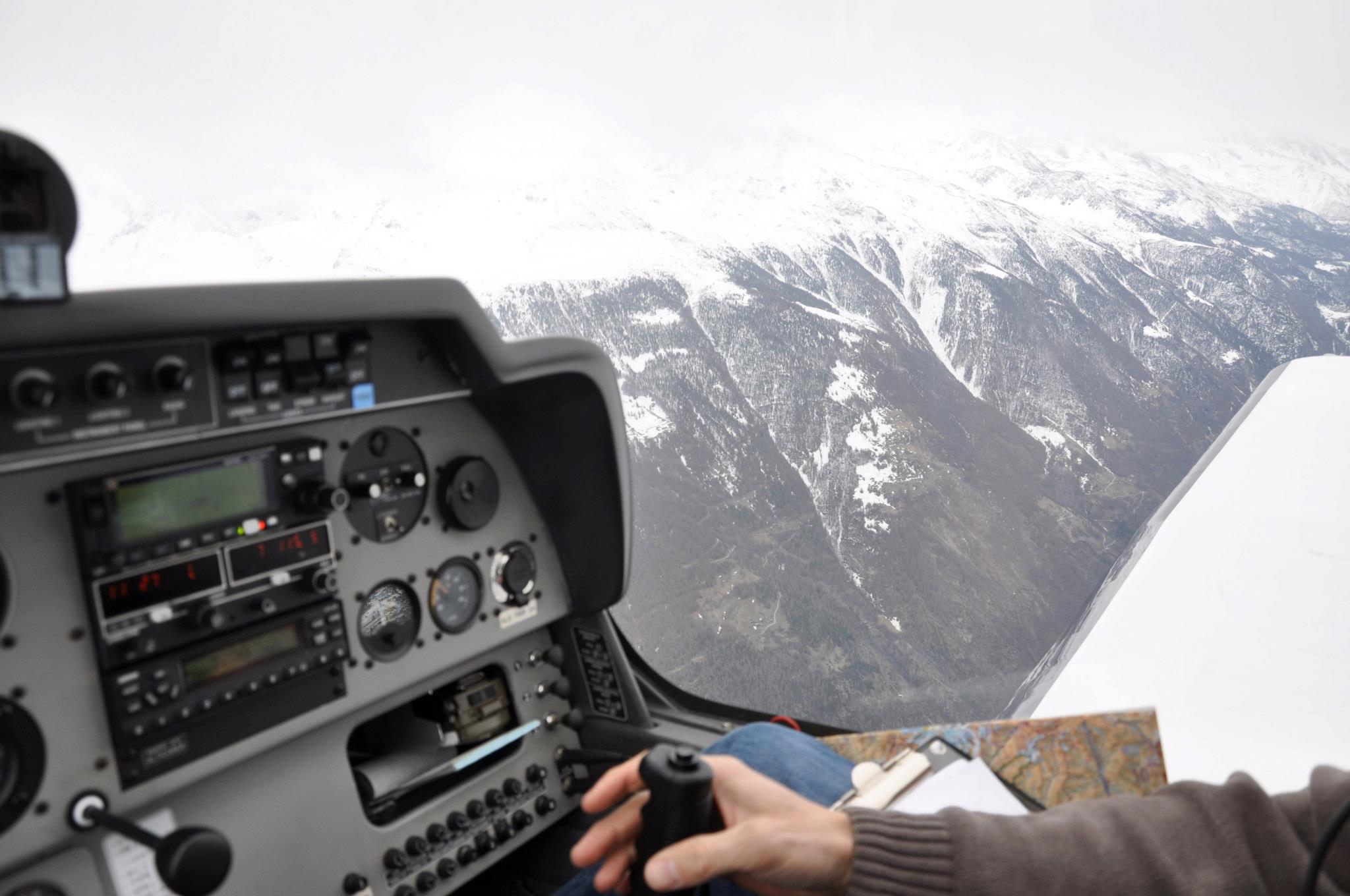
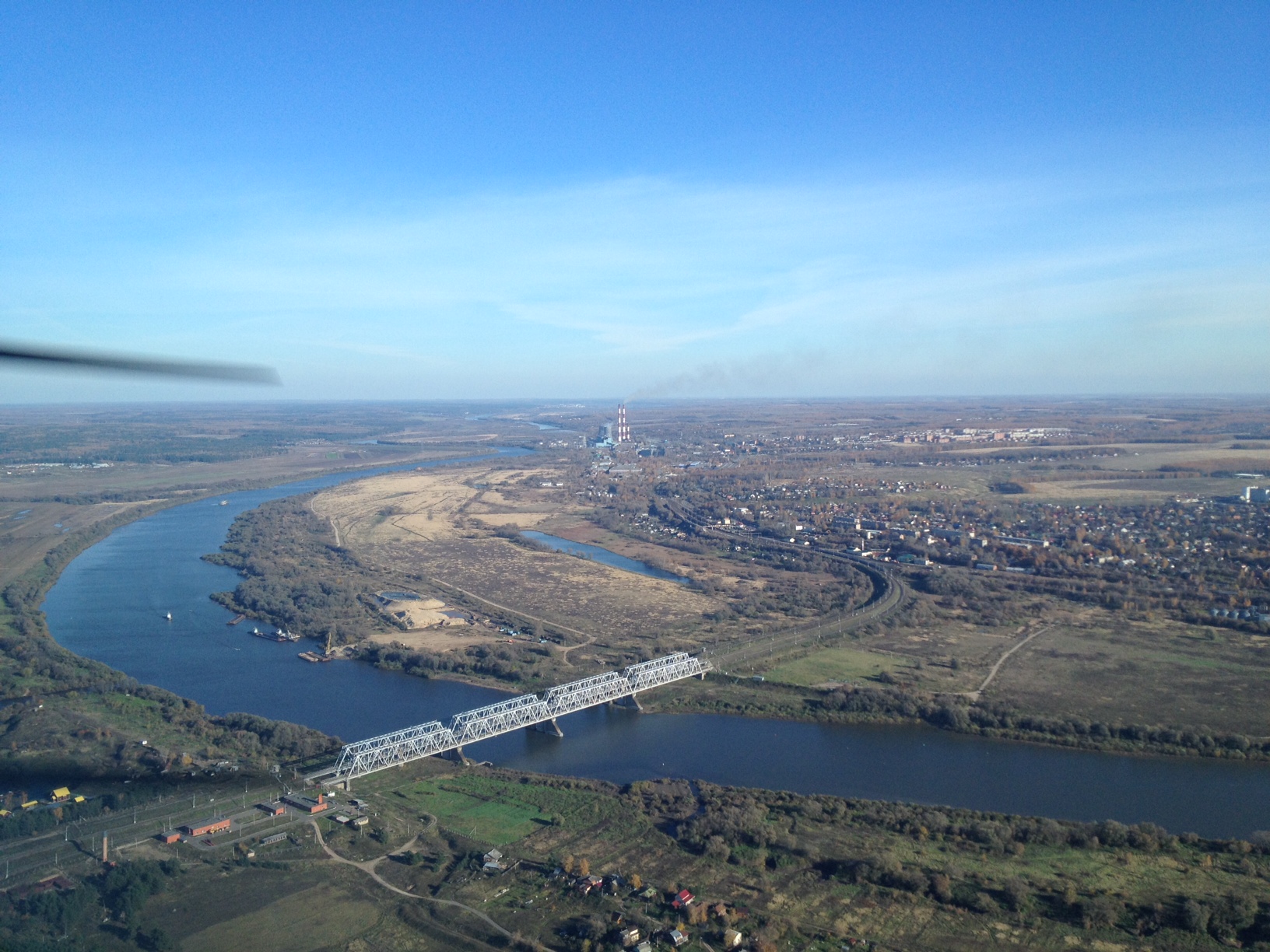

Even a flight near the “native” airfield can be very interesting – there are local natural or architectural attractions almost everywhere.
No boredom
Aviation is interesting, first of all, by the fact that the opportunities for self-improvement and development in it are practically unlimited. Night flights, instrument flights, new types of aircraft, various kinds of avionics (on-board equipment), flights from water, aerobatics, jet equipment, helicopters and gliders can be listed endlessly. All his flying life the pilot learns – and still remains an amateur in many areas – so vast is this area of knowledge. If you are curious, you are drawn to everything new and like to dig into the essence of things and strain the brain with various non-trivial tasks – most likely, you will like to fly.
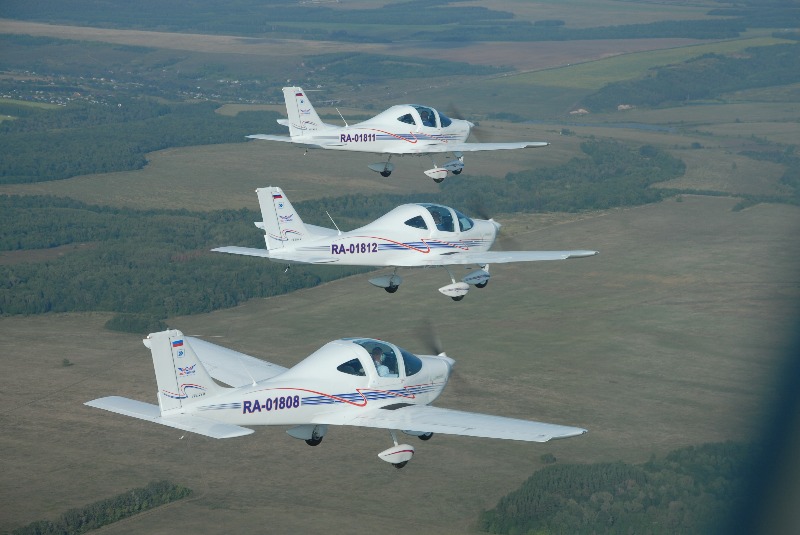
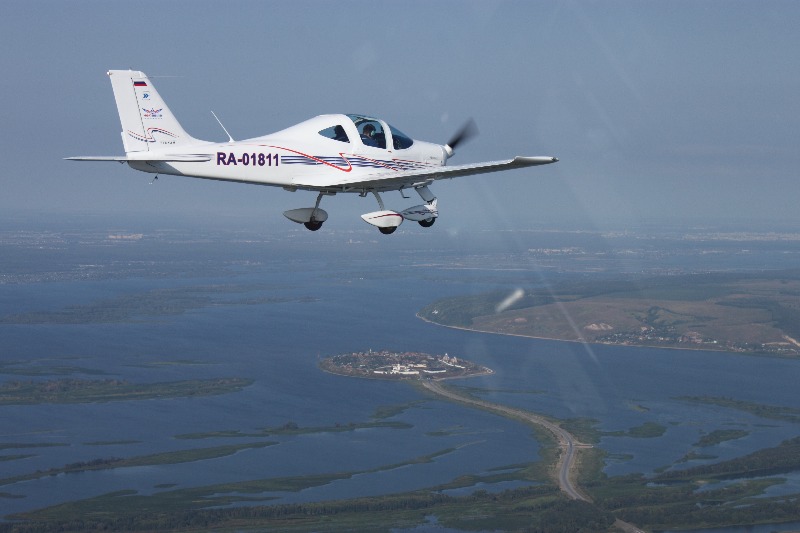

Aviation never gets bored – if only because there are no two identical flights. Weather, the time of year and day, the behavior of a particular aircraft, the wind on landing, even the speech of different dispatchers – each flight has a lot of its features. At the initial stage even simple flights around the airfield (training of take-offs and landings) will be extremely exciting and exciting for you.
Finally, flight – it’s just beautiful. It’s hard to compare something with the stunning views of the golden autumn from the side of the plane or the riot of the colors of the setting sun at the end of a clear day. It is impossible to describe these feelings in words – but one who has once experienced them himself, seeks to rise into the air again and again.
People and communication
The Russian tusovka of pilots and instructors is rather small (if we compare it with such “aviation” countries as the USA), but it is sufficiently cohesive and active. It includes people of various professions, but most of them unite sociability, friendliness, the desire to share experiences and help the brother-pilot. The atmosphere at many airfields of small aircraft is almost family (as always, not without exception, people are people – but on the whole it is so).

Summer is the time for various air shows and small aviation rallies, for which private pilots from all over the country gather. This is a great opportunity both to practice long distance flights, and to communicate with interesting people, to take a look at technology, listen to other people’s “hunting stories” and share their.
In general, if you like gay companies, where you can not only have a good time, but also learn a lot of new things – you definitely like the tusovka of aviators.
About popular “urban legends”
To study for a pilot is long and expensive.
Indeed, aviation can not be called a cheap hobby, and piloting an airplane is still a slightly more complicated skill than driving a car (no matter how much you try to advertise the advertising of some flying schools), so training takes quite a long time.
Nevertheless, novice pilots flying on weekends usually have time to complete the whole course of initial training (40 hours of flight practice and 300 hours of theory) in about six months, and the cost of training usually does not exceed 350-450 thousand rubles. (depending on the type of training aircraft). This amount is quite capable of “overpowering” almost any manager of the middle level – after all, we are talking about 100 dinners for two or about half the cost of the Ford Focus!
And is it possible to compare the possession of a modest car with a feeling when the whole sky belongs to you?
To become a pilot you need the health of an astronaut.
Pilots are different. To private pilots (amateur pilots) flying for their own pleasure, the law makes far less stringent requirements than to commercial and line pilots working in airlines. For an amateur pilot, an insurmountable obstacle on the way to the sky is usually only really serious diseases.
Flights are dangerous and extreme!
It’s not like that at all. Even purely statistical probability of any accident in flight is much lower than when traveling by car – at least because of the much smaller number of participants in the traffic.
In addition, the flight is not some kind of magic beyond the control of man, but only the result of the action of certain physical forces, which the pilot is perfectly able to control. A flight with a well-trained and prudent pilot who is not inclined to self-confidence and is able to adequately assess his skills has nothing to do with any extreme.
Failures of technology in practice are very rare, especially if the aircraft is relatively new and is serviced by qualified engineers. Nevertheless, contrary to the prevailing stereotype, even with engine failure (which in itself is an exceptional phenomenon), the airplane does not fall at all with a stone to the ground, but turns into a glider-it is fully controllable. Landing speeds of small aircraft are not high, therefore, with a favorable combination of circumstances, even without an engine, it is quite possible to land on the road or rolled field, as a result of which not only the pilot with passengers, but the plane will remain unharmed. And, of course, special attention is given to actions in emergency situations during initial training.
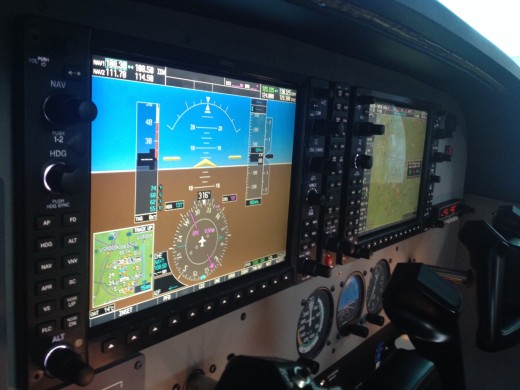
I personally know several people who suffered the strongest aerophobia, and completely got rid of it, starting to fly in the flying club on their own.
In Russia, it is almost impossible to fly officially – you need to collect permits for the flight, well, and other bureaucracy.
Some time ago everything was like that, but in 2010, significant changes were made to the aviation legislation. In particular, the so-called notifiable use of airspace was allowed – this means that one hour before the flight it is enough to submit your flight plan to the zonal center (for example, via the Internet) and you can fly safely.
Gradually, the airport infrastructure is also developing: new private landing sites are opening, old ones are being reconstructed and restored. Also there are no problems with arriving on a small plane to any “big” airport.
In short, even though Russian aviation law is still difficult to call especially loyal to private pilots, certain positive trends undoubtedly exist. Competently approaching the planning of flights, even in Russia the aircraft can be considered as a full-fledged vehicle.
How to choose a flying school (flying club)
When choosing a school, pay attention to the fleet of training aircraft – their age, condition and quantity. If the school has 1-2 old airplanes, most likely they will often be repaired, and at this time you will have nothing to fly (and ten cadets per plane – not the most attractive prospect).
It is desirable that in the fleet of the flying club there were different types of equipment – this will allow you to improve as a pilot after the end of the basic training.
Take an interest in theoretical training – are there real theoretical classes in the training groups, or is this kind of training purely formal? (“Why prepare there – read the book, and what’s unclear, you’ll ask the instructor”). “Theory”, if it is taught by a competent lecturer, is no less important than practical flights. To neglect it is definitely not worth it.
Find out which airfield the school is based on. Will it be convenient for you to go there every weekend for several months?
It would not be superfluous to personally visit the flying club and take a 20-30 minute orientation flight there to get to know the plane and the future instructor (in an atmosphere as close as possible to the actual occupation).
Pay attention to the living conditions in the representation of the school. Is there something like a classroom? Will you be able to calmly prepare for flights? Can I have a bite there? How comfortable will it be in winter?
Specify which document you will receive after graduation. This should be the certificate of the pilot-lover of the state standard (Rosaviatsia, it is the RF FAVT).
A high flight, and see you in the sky!
